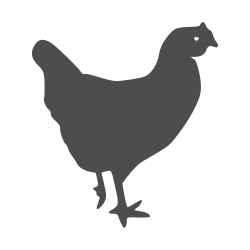Animals can communicate very well. Everyone who lives around animals knows this. They let you know when they are hungry, want to go outside or are experiencing pain.
Their behaviour, the sound they make or eye contact they seek is a form of communication. The fact that animals do not have a language understandable to us does not mean that they do not have language.
Animals communicate with smell, tail, ears, wings, body posture, eyes and with sound. Among themselves, they usually understand each other just fine. We humans need to learn to speak their language. The union aims to improve communication between employers and their working animals. Showing good examples, following scientific research and carrying out constituency consultations are ways in which we achieve this.
About Animal Labour Union
The Animal Labour Union represents the animal workers in animal husbandry. Animals that provide a product or service to their employer, who…
Working Animals
Animals that provide (financial) added value for their employer/owner are working animals. Working animals can be found everywhere.
Communication with Animals
Animals can communicate very well. Anyone who lives around animals knows this. They let you know if they are hungry, want to go outside or experience pain.
Legislation and Research
Animals are protected in various places in the law. The Animals Act sets requirements for the way in which different animal species may be kept.





